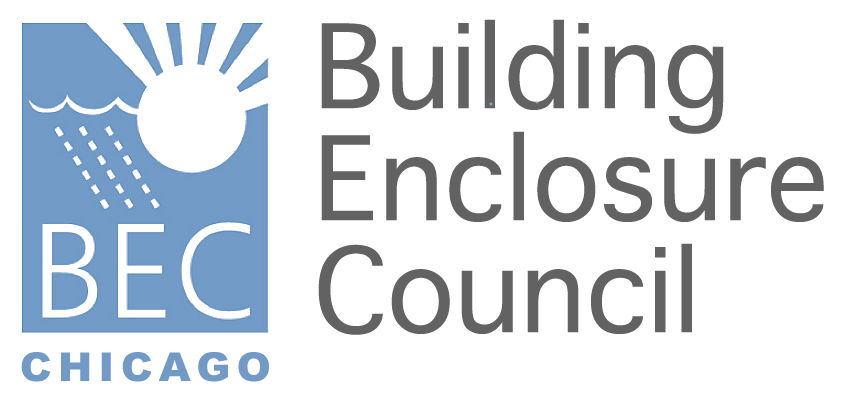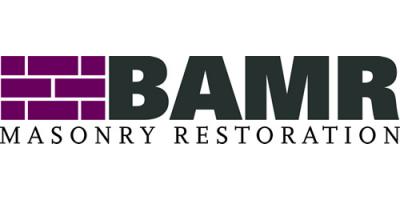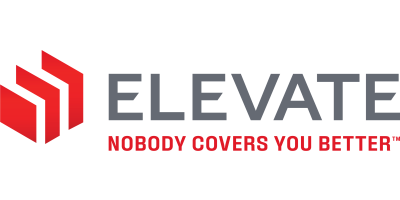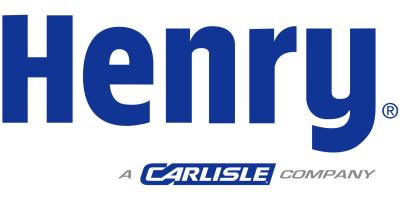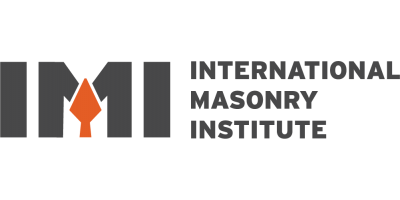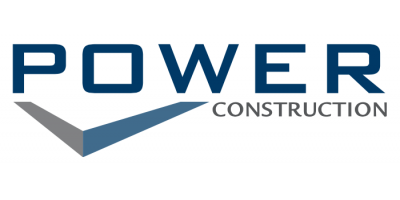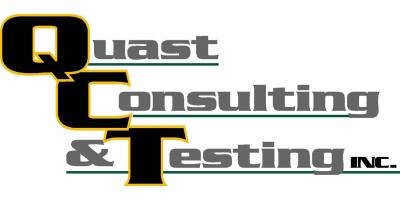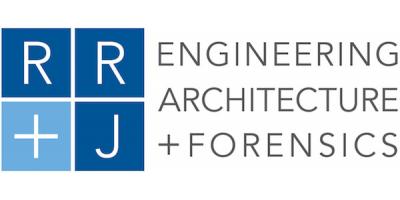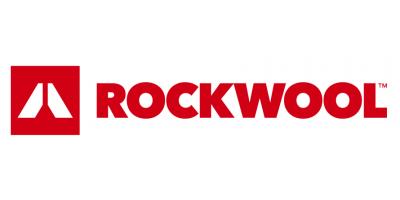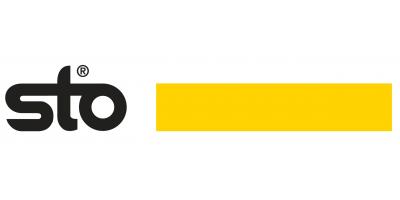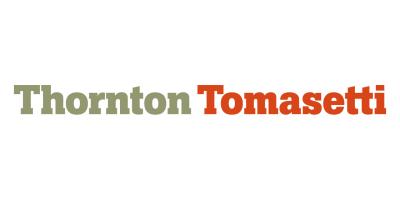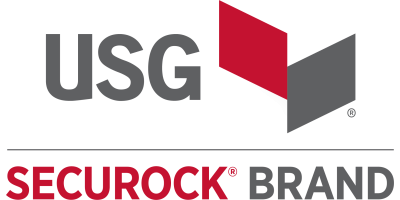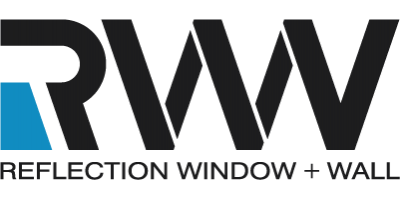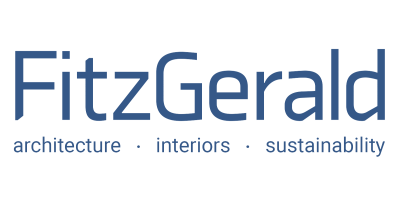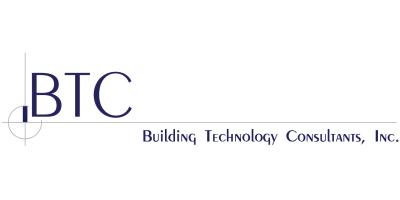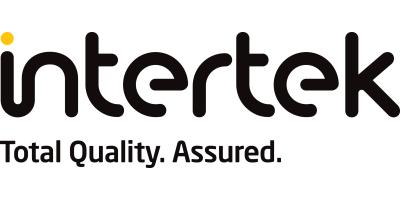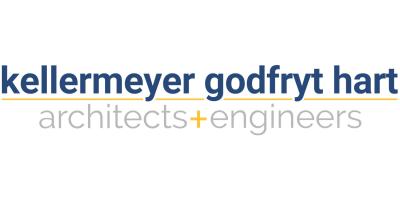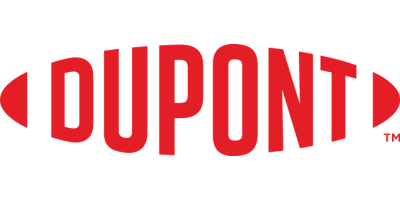| Location | Cannon Design, 225 N Michigan, Suite 1100, Chicago |
ABSTRACT: This presentation will provide an overview of the Building Envelope Thermal Bridging Guide, with specific attention on how thermal bridging at interface details impacts building envelope performance. Typical and best practice examples for building envelope assemblies will be examined, and their impact will be assessed in the context of effective R-values and whole building energy performance. Our speakers will showcase highly visual tools that consolidate vast amounts of data into a package that allows architects and designers to make informed decisions throughout design without relying solely on, or waiting for, project specific calculations. The case studies in the presentation will examine typical construction assemblies and practices for different building types and the ability of certain projects to pass the energy code, achieve LEED certification or demonstrate annual energy cost savings based on the true performance of building envelope assemblies. This presentation shares experiences and lessons from practitioners working in cold climates in Canada and the USA. LEARNING OBJECTIVES: 1. Understand the performance limitations of building envelope types early in the design process 2. Quantify the impact of thermal bridging in the context of effective R-values and whole building energy performance. 3. Evaluate the true performance of curtain wall spandrel panels 4. Understand the disconnect between the building envelope performance commonly constructed compared to what is assumed in current energy codes and design 5. Assess early design options by using data driven guidance and smart data visualization 6. Show how thermal bridging can be mitigated and compare to other energy efficient measures 7. Show how properly assessing the impact of thermal bridging in turn influences how new technologies are evaluated in terms of return on investment. AIA CREDIT: Yes SCHEDULE: 5:30 – 6:00 pm (Reception & Socializing) 6:00 – 7:30 pm (Presentation) 7:30 – 8:00 (Questions) PRESENTERS: Christian Cianfrone, M.A.Sc., P.Eng., LEED® AP BD+C, is a Principal and Building Energy Practice Lead at Morrison Hershfield in Vancouver Stéphane Hoffman, M. Arch., M. Eng., PE, Principal and Senior Building Science Specialist at Morrison Hershfield in Seattle Marina Horchin, LEED AP BD+C, EIT, Energy and Sustainability Consulting Engineer at Environmental Systems Design (ESD) in Chicago RSVP: For BEC Chicago members, an RSVP invite will be sent out on Oct 29th to begin registering. For non-BEC Chicago members interested in attending, you may contact jdiqui@stocorp.com to request an invite. The invitation will include a link to RSVP. Attendance will be limited to the first 100 that RSVP.
